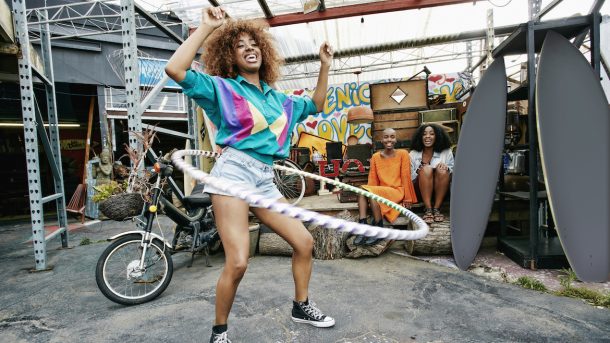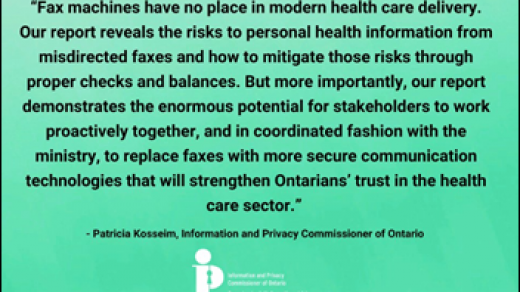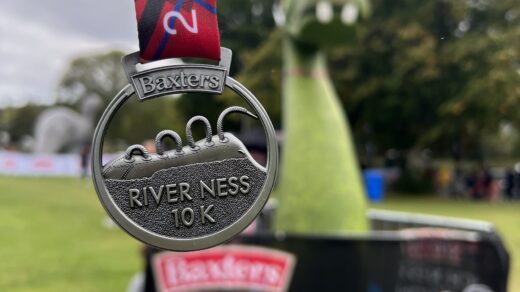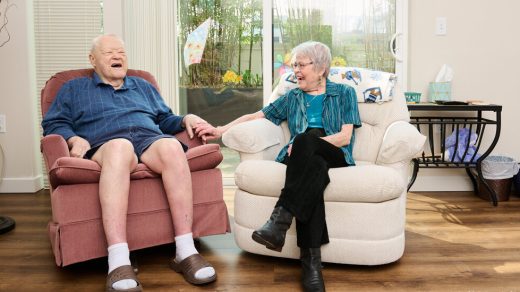“In practice, kidulting is a natural, simple return to known, feel-good childhood activities,” says clinical psychologist Carla Marie Manly, PhD, author of Joy From Fear. “The familiarity of the activity is often the perfect backdrop for unwinding.”
Though the idea of “kidulting” and the noun “kidult” (to describe an adult who engages in, yes, kid-like activities) have been around for some time now, the practice surged in popularity during the early months of the pandemic. A 2021 Toy Association survey of about 2,000 parents who purchased toys found that 58 percent of them had bought the toys for themselves. And according to data tracker NPD Group, kidults, in general (aka anyone over the age of 12 buying toys for themselves), helped toy sales grow 37 percent over the first two pandemic years.
Presumably, the mixture of boredom and restrictive stay-at-home orders led folks down a leisure rabbit hole that took them straight to the activities of their youth, whether by building houses of Lego structures, role-playing with action figures, or gliding down neighborhood streets on scooters. While the need to pass time in such a way might be gone, people’s desire to do so doesn’t seem to be fading. Experts posit that’s because kidulting delivers a welcome dose of joyful play and heartwarming nostalgia, ideal for lifting us out of any doldrums, pandemic or otherwise.
3 ways the playful nostalgia of kidulting can benefit your mental health
1. It evokes nostalgia that feels positive and reassuring
In our memories, childhood play experiences, like riding bicycles, playing with trucks, skipping rocks, or dressing up “are often carried into adulthood as the epitome of freedom, fun, and joy,” says Dr. Manly. And when you look back upon them, those same warm and fuzzy feelings can resurface, taking the place (for the time being) of the more pressing feelings of stress triggered by the responsibilities of adult life. “Kidulting gives us the opportunity to return, if only for a few moments or hours, to simpler times that brought us joy,” says Dr. Manly.
“Kidulting gives us the opportunity to return, if only for a few moments or hours, to simpler times that brought us joy.” —Carla Marie Manly, PhD, clinical psychologist
Research has shown that thinking back on a certain part of a memory—say, the scooter you rode as a child—can activate parts of the brain tied to an entire event. Using the scooter example, maybe you would ride your scooter with your best friends, racing them down the block, and then eating a delicious snack afterward, and just seeing the scooter conjures that whole memory.
Assuming that the activities involved in your kidulting are positive triggers (as it is possible for the cues to have a negative effect), the experience can lead to joyful nostalgia, reviving those detailed episodes of good memories. “Even if there were difficult moments in your childhood, perhaps even trauma or neglect, remembering the glimmers of happiness can spark hope in you as an adult,” says clinical psychologist Trish Phillips, PsyD.
That hopeful feeling tends to come along with a hefty dose of social connectedness and belonging, too. “Nostalgic memories remind us of those we love and who have loved us, which strengthens our sense that we are not in this alone,” psychologist Krystine I. Batcho, PhD, previously told Well+Good. It’s for that reason that kidulting alongside friends, and experiencing nostalgia together, can be such a comforting bonding experience in the present, as well.
2. It may help you heal your inner child
If you experienced hurtful or neglectful behaviors as a child, you might struggle in adulthood with managing your emotions or maintaining healthy relationships—which is where inner child work comes into play. This therapeutic practice asks you to nurture the parts of yourself that you may have lost or repressed as a result of being hurt and then to reconnect with who you were before. Because the carefree play of kidulting can return you to a positive, self-expressive moment in your childhood, it can also serve as a part of inner-child healing.
“In therapy, we seek to become curious about the inner child, and one way we start the process is by remembering what we loved as a child,” says Dr. Phillips. “What did we like doing, watching on TV, or listening to? Where were our favorite foods? Who were we most comfortable with? Did we have a favorite toy or book? With kidulting, we’re bringing some of these items back into our lives, and allowing the positive feelings to re-emerge,” she says.
Kidulting can be especially effective because it can directly activate one of the five senses. Doing a physical activity from your childhood, like kickball, ice-skating, or splashing around in a pool; eating a type of candy you used to love; visiting a zoo or carnival in your hometown with a particular scent; or walking into an amusement park you used to go to every year on summer break can “let the child within you take center stage, and help you remember the magic of childhood moments,” says Dr. Phillips.
If your childhood had fewer of these highlights, the feelings that surface may be painful, reflecting the parts of your inner child that are “underdeveloped, traumatized, or neglected in some way,” says Dr. Manly. Perhaps you weren’t able to play freely in childhood due to chaos or violence in your home, and engaging in childlike activities now just resurfaces that memory, she says. In that case, mindful kidulting—consciously leaning into the activities you wish you could’ve done as a kid—can, over time, bring new joy, calm, and healing, she says.
3. It offers the creative release of carefree play
It isn’t often we do things just for the fun of it, and kidulting is literally the fun and games of your youth. In turn, it offers a unique opportunity for getting playful, which offers serious benefits. Scientists who’ve studied the trait of playfulness in adults (broken into five facets: spontaneous, expressive, creative, fun, and silly) have found that it’s associated with positive psychological functioning. Other studies have also found that playful people have lower stress levels and higher life satisfaction.
“Adding play increases spontaneity, releases feel-good hormones inside of us, and even helps us to think more clearly.” —Trish Phillips, PsyD, clinical psychologist
“Playing at any age is helpful to keep us from becoming too stuck in our ways,” says Dr. Phillips. “Adding play increases spontaneity, releases feel-good hormones inside of us, and even helps us to think more clearly.”
That’s right: By letting go of your typical logic- or task-oriented focus and embracing the freeform vibe inherent in many childhood activities, you’re likely allowing your mind to wander—which has been shown to help you become more creative in your thinking. “It’s often when we’re not looking for a solution to our problems, such as when we’re playing or creating, that an answer appears seemingly out of nowhere,” says Dr. Phillips.
Our editors independently select these products. Making a purchase through our links may earn Well+Good a commission.






